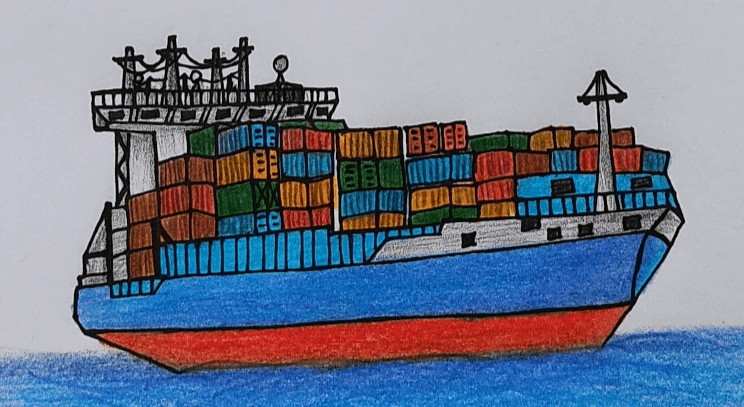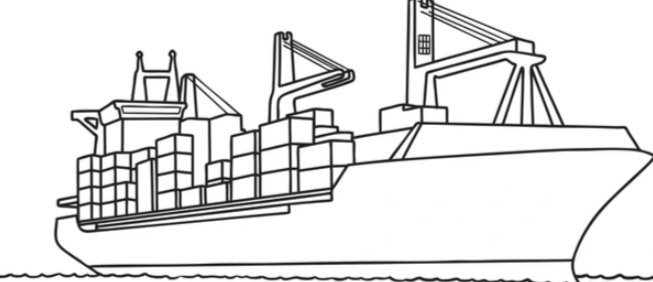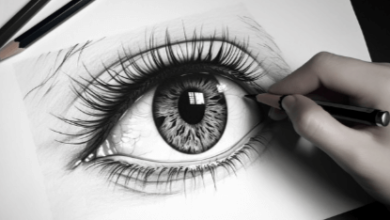Simple:5iq9zlvak44= Ship Drawing

The “Simple:5iq9zlvak44= Ship Drawing” serves as a compelling intersection of artistry and engineering, inviting a closer examination of the fundamental principles that govern ship design. By dissecting basic hull shapes and their corresponding performance characteristics, the work highlights the intricate relationship between aesthetics and functionality. This exploration raises questions about the role of detail in enhancing visual impact, particularly through shading and texturing techniques. As we consider the final composition, one might wonder what choices influence the overall perception of a vessel’s design and its narrative.
Understanding Basic Ship Shapes
Understanding basic ship shapes is fundamental for both aspiring naval architects and enthusiasts of maritime design.
Key elements include hull design, which impacts stability and speed, along with various sail types that dictate propulsion efficiency.
The bow structure influences wave dynamics, while the stern shape affects maneuverability.
Mastery of these components fosters innovative designs, enhancing both performance and aesthetic appeal in maritime engineering.
Adding Details and Features
Building on the foundational knowledge of basic ship shapes, adding details and features significantly enhances both functionality and aesthetics in ship design.
Careful consideration of hull design, selection of sail types, and various propulsion methods ensures optimal performance.
Additionally, a well-planned deck layout facilitates efficient movement and operation.
These elements combined create a vessel that embodies both beauty and engineering excellence, granting freedom on the water.
Shading and Texturing Techniques
Incorporating effective shading and texturing techniques is essential for bringing a ship drawing to life, as these elements contribute significantly to the perception of depth and realism.
Careful consideration of the light source informs shading gradients, creating a three-dimensional effect.
Utilizing texture variety enhances visual interest, while skillful color blending unifies the composition, allowing the viewer to appreciate the intricate details of the ship.
Read Also Simple:5j8a2hxaoq0= Line Drawing

Finalizing Your Ship Drawing
Having established a solid foundation with shading and texturing techniques, the next phase involves finalizing your ship drawing to ensure it resonates with both accuracy and artistry.
Employ advanced composition techniques to enhance visual balance, while integrating perspective drawing for depth.
Assess proportions meticulously, ensuring that each element contributes to a cohesive representation.
This meticulous approach fosters a sense of freedom in creative expression, allowing your vision to manifest.
Conclusion
In conclusion, the integration of Simple:5iq9zlvak44= Ship Drawing principles with artistic techniques results in a compelling representation of maritime engineering. By considering the interplay of hull shapes, sail configurations, and structural elements, one may question: how does the aesthetic quality of a ship influence its functional performance? Ultimately, the careful application of shading and texturing not only enhances visual appeal but also underscores the inherent relationship between art and engineering in the realm of ship drawing.







